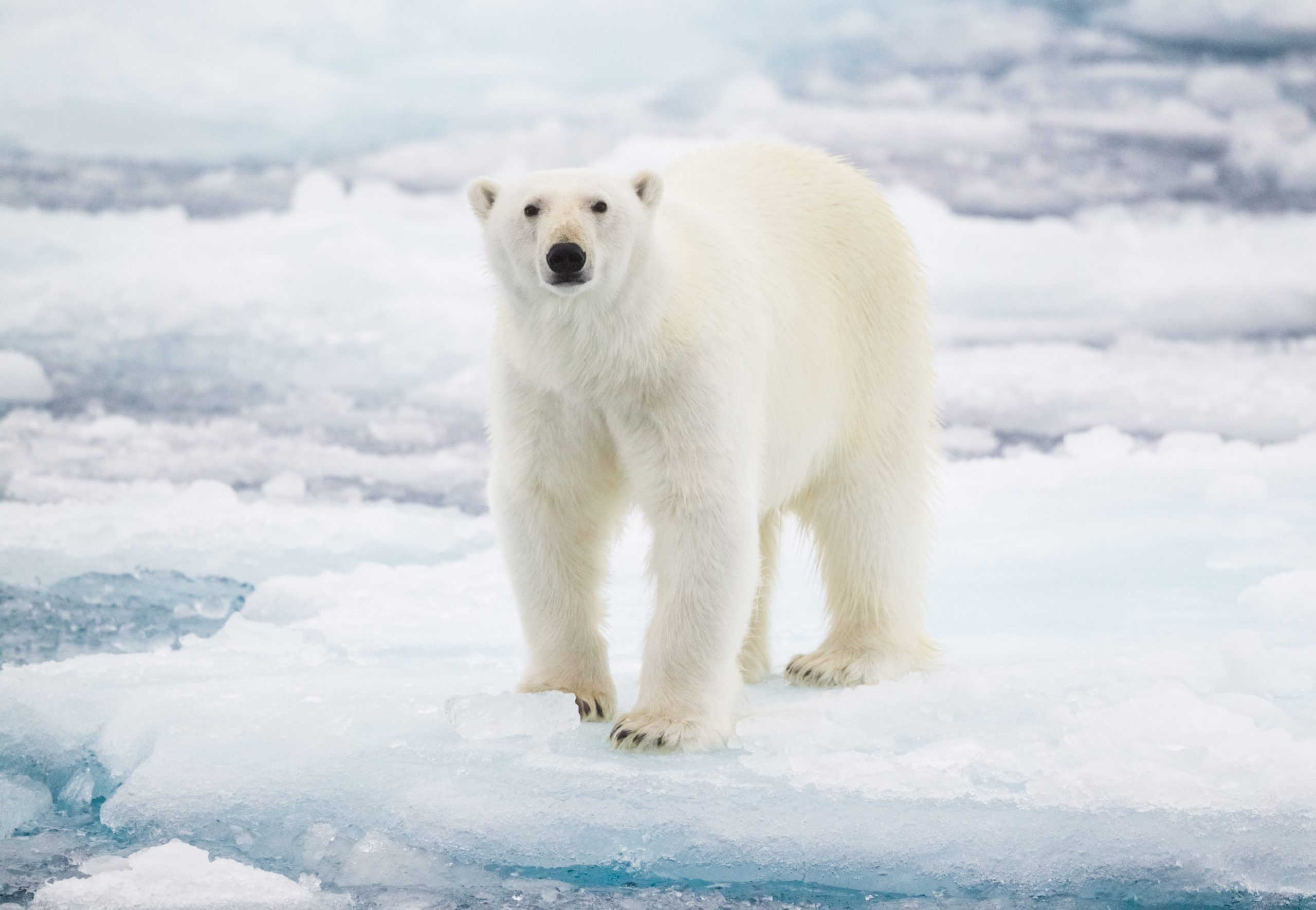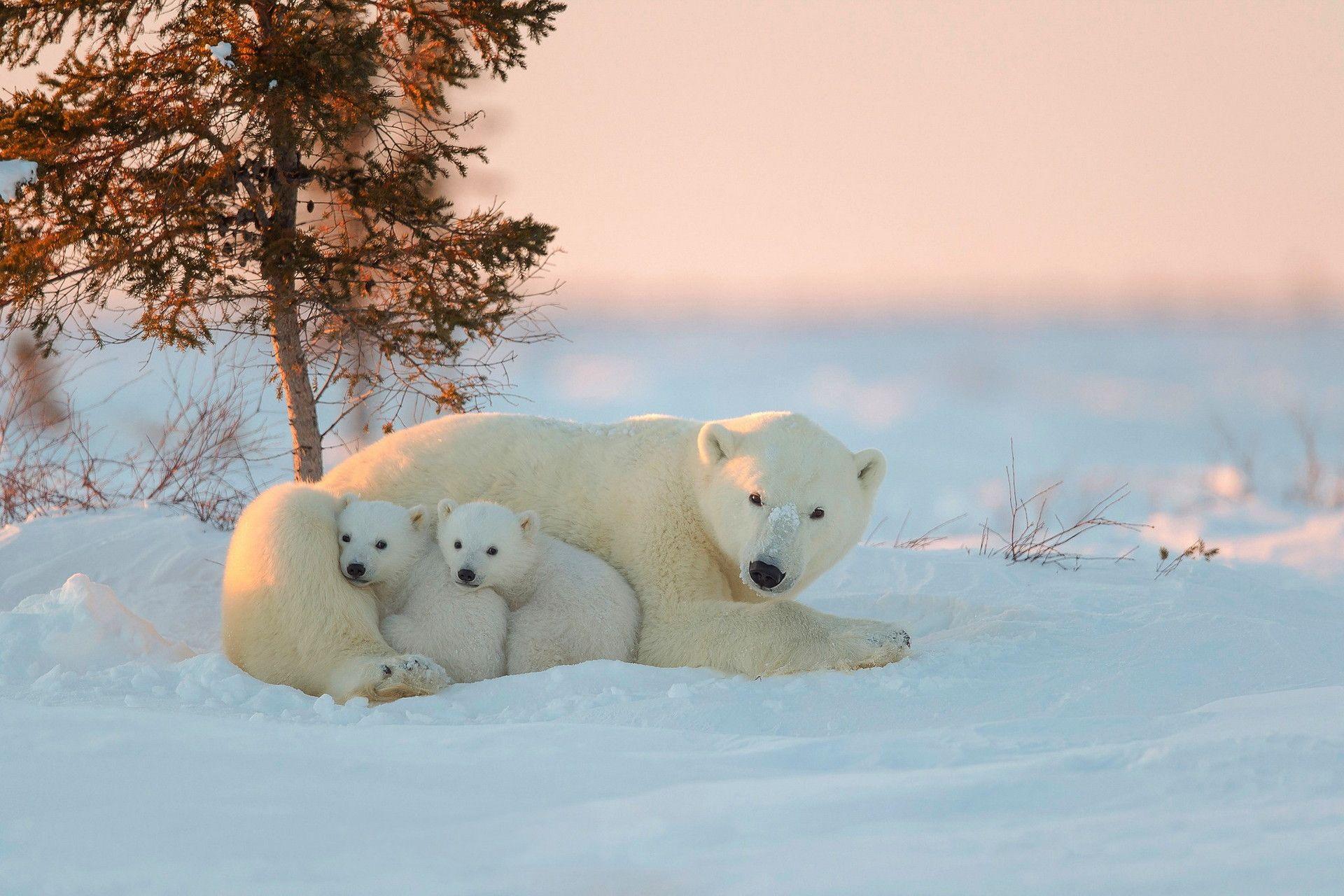Explore the World of Polar Bear
Learn about their habitat, behavior, and unique traits.
About the Animal
Polar bears (Ursus maritimus) are currently listed as Vulnerable by the International Union for Conservation of Nature (IUCN), and their populations are continuing to decline. The primary threat facing polar bears is climate change, specifically the melting of Arctic sea ice which they depend on for survival. As their icy habitat disappears due to global warming, polar bears are forced to swim longer distances and venture closer to human settlements, increasing the risk of starvation and conflict. Conservation strategies focus on reducing greenhouse gas emissions globally, monitoring populations through satellite tracking, and advocating for the protection of critical polar bear habitats.
Habitat
Polar bears are native to the icy regions of the Arctic, encompassing countries like Canada, Norway (Svalbard), Russia, Greenland, and the U.S. (Alaska). They rely heavily on sea ice for a variety of life functions, such as hunting seals, traveling long distances, and breeding. During warmer months, when the ice retreats, polar bears may be stranded on land, where food is scarce and survival becomes more difficult. The shrinking and thinning of sea ice due to global warming has drastically reduced the polar bear's accessible range, making conservation of their habitat increasingly urgent.
Diet
Polar bears are apex carnivores and are uniquely adapted to hunt marine mammals, particularly seals. Their primary food source is the ringed seal, which they hunt by waiting at breathing holes in the ice or breaking into dens where seal pups are kept. They depend on the high fat content of seals to build up energy reserves. During the ice-free summer months, their diet becomes opportunistic; they may scavenge whale carcasses, catch fish, or forage for berries and seaweed, although these do not provide sufficient calories. Extended fasting during these times often leads to weight loss and malnutrition.
Gallery


